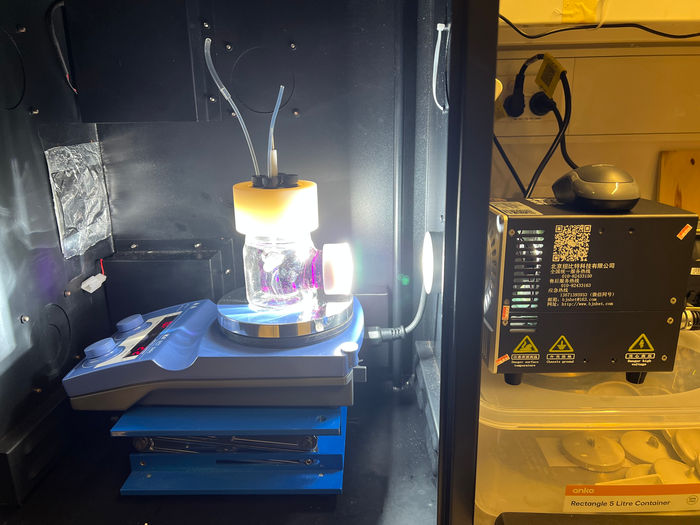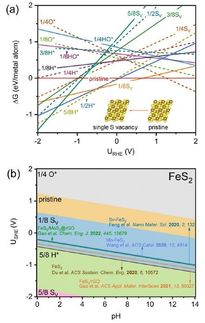Using green tea as reducing reagent for the preparation of nanomaterials to synthesize ammonia
Advertisement
Compare with bulk graphitic carbon nitride, the optimal sample had 2.93-fold photocatalytic nitrate reduction to ammonia activity (2.627 mg/h/gcat), and the NH3 selectivity increased from 50.77% to 77.9%. They published their approach on September 06 in the Energy Material Advances.

Scientists from UTS developed new method to prepare highly efficient photocatalysts for ammonia synthesis
An Feng, University of Technology Sydney
With simple stir in green tea solution, some high-valent irons can be reduced to metals, which may significantly improve the photocatalytic activity of semiconductors. Herein, waste green tea bags were used to reduce the Ru3+, and the photocatalytic activity of the optimized sample was 2.93-fold as that of bulk g-C3N4 under simulated sunlight irradiation, according to corresponding author Bing-Jie Ni, professor at Centre for Technology in Water and Wastewater (CTWW), School of Civil and Environmental Engineering, University of Technology Sydney (UTS).
“Currently, ammonia is mainly produced via the Haber process, in which gaseous nitrogen and water gas are converted to ammonia under high temperature and high pressure with the assist of catalysts. Every year, the synthesis of ammonia consumes about 2% of global energy, leading to serious carbon dioxide emission. Thus, it is urgent to develop a green synthesis of ammonia under ambient conditions,” Ni said. “Using solar energy to covert nitrate to ammonia is of great significance, as it can not only eliminate the water pollutant, but also synthesize high-value chemicals.”
Ni and his team are working on the field of renewable energy production, particularly the interface between chemical engineering and environmental technology. They focus on the integration of these disciplines to develop innovative and sustainable technological solutions to achieve efficient energy generation from renewable resources.
“However, the reduction of nitrate to ammonia is really challenging in terms of kinetics and thermodynamics, as it is an eight-electron process with multiple steps.” Ni explained. “Based on experimental and theoretical studies, the introduction of Ru to g-C3N4 can not only boost the light absorption, the adsorption of nitrate, but also accelerate the separation of electron-hole pairs.
The thermodynamic energy barrier for the rate determining step in nitrate reduction to the ammonia process is calculated to be less than 0.75 eV, which is much lower than the competing hydrogen generation (0.98 eV) and nitrogen formation (1.36 eV), leading to the preference of generating ammonia.”
The results and findings of this work may provide a new platform for the facile and green synthesis of metal particle modified photocatalysts for reducing nitrate to ammonia under ambient conditions.
Original publication
Other news from the department science
Most read news
More news from our other portals
See the theme worlds for related content
Topic world Synthesis
Chemical synthesis is at the heart of modern chemistry and enables the targeted production of molecules with specific properties. By combining starting materials in defined reaction conditions, chemists can create a wide range of compounds, from simple molecules to complex active ingredients.

Topic world Synthesis
Chemical synthesis is at the heart of modern chemistry and enables the targeted production of molecules with specific properties. By combining starting materials in defined reaction conditions, chemists can create a wide range of compounds, from simple molecules to complex active ingredients.




























































